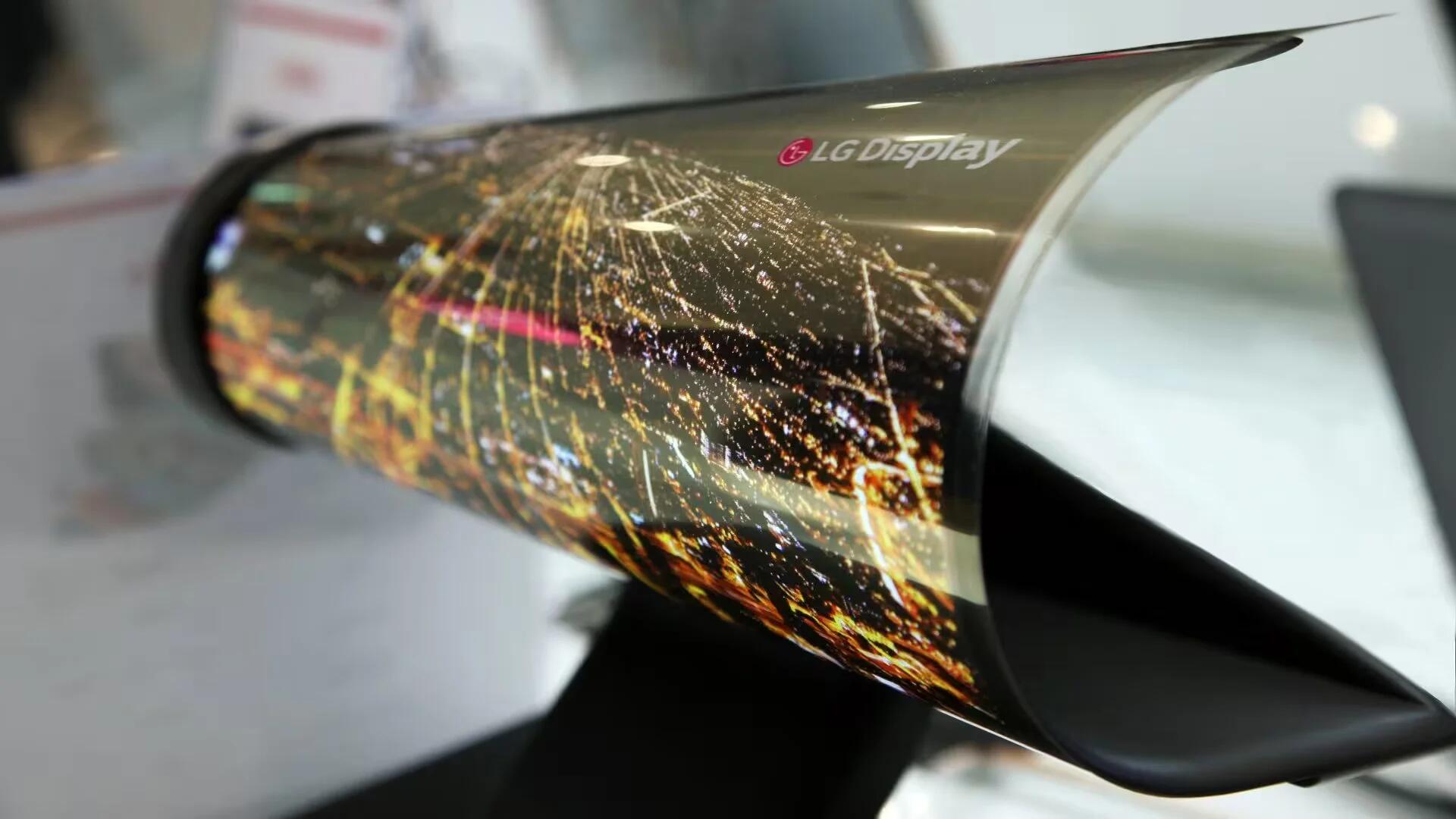Organic Light Emitting Diode displays, also known as OLED displays are very popular among tech enthusiasts and manufacturers alike. First invented in 1970’s, Kodak was the first to commercialize AMOLED products until the company sold everything to LG in 2009.
OLED displays offer very high picture quality and excellent color reproduction, while keeping the battery consumption to a minimum. This is what makes major players like Sony, Samsung, LG, Panasonic, etc., to invest all the resources they could towards OLED R&D.
Many smartphone and laptop manufactures use OLED displays in their products. Even Apple is looking to release OLED iPhone 8 this year. An OLED display checks the right boxes to offer various advantages over the older, traditional panels.
There are many types of OLED panels, including AMOLED, PMOLED, Foldable OLED, etc., and here we will focus on the common advantages of using it.
1. Very Thin
Starting off with the physical advantages, OLEDs are about 0.2mm to 0.3mm thick, while, LCDs are at least 10 times thicker.
2. Flexible
The OLED have plastic substrate on both sides which reduces weight and makes it flexible than other display panels, resulting in manufacturing thin and large sheets of OLED easily.
3. Brighter than LEDs
OLEDs are much brighter than regular LEDs as the organic layer is much thinner as compared to the other layers in a native LED display.
4. Uses Less Power
It also does not need any backlighting as OLEDs generate lights themselves, which reduces power consumption and offers wider viewing angles. The display offers clear picture even when the viewing angle approaches 90 degrees from the normal surface.
5. Reproduces Deep Blacks & Dark Greys
It is possible for an OLED to be partially or completely off, this reproducing deep blacks and dark greys easily. This is impossible to achieve in LCDs due to backlighting it requires.
6. Higher Contrast Ratio & Vibrant Colors
As this technology does not need backlighting, OLED displays can also achieve higher contrast ratio in dynamic as well as static ranges. Variations of OLED display by Samsung have logger 100 percent of NTSC standard color reproduction and 107% NTSC color gamut, thus reproducing accurate, and vibrant colors during testing.
7. Faster Refresh Rate
OLEDs have a faster refresh rate and can respond to up to 200 times faster than traditional LCD displays. This make it favorable for gaming and fast moving pictures, as it reduces motion blur and ghosting considerably.
While there are advantages, there are also disadvantages in using OLED panels on gadgets. You can learn more about the disadvantages of OLED displays by visiting this link.
